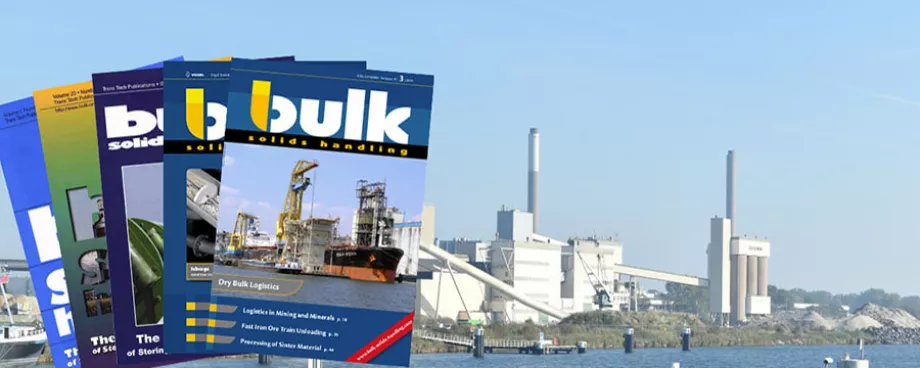Coal is certainly no stranger to the Inland Rivers System. From the earliest recorded times, coat was floated downstream in crude wooden "flats' timed to meet every anticipated rise in the river level. From historical "rafting" of coal to today's large efficient fleets of many 1,500 ton capacity river barges with 6,000 and 10,000 horsepower boats the process has been one of steady evolution. The canalization of the Mississippi River System with dams and locks, starting in 1929, transformed the river from a hit or miss adventurous trip to a regularly scheduled network of dependable transportation.
Today about 120 million tons of coal move by water to destination. Major power plants along the rivers system consume the lion's share of this coal.
Fig. 1 shows the steady historical and projected growth for all commodities moved on water from 800 million tons/year in 1950 to a projected 2,600 million tons in the year 2000. This represents a growth of over 300% in this half century.
A breakdown of this growth of river traffic is shown in Fig. 2. Note that while chemicals, grains, and metallic ores show a steady growth, petroleum movement will decrease steadily. Counteracting petroleum traffic decline and increasing at a spectacular rate is U.S. coal. This prediction shows that coat river traffic will triple. in a thirty year span.
■
















